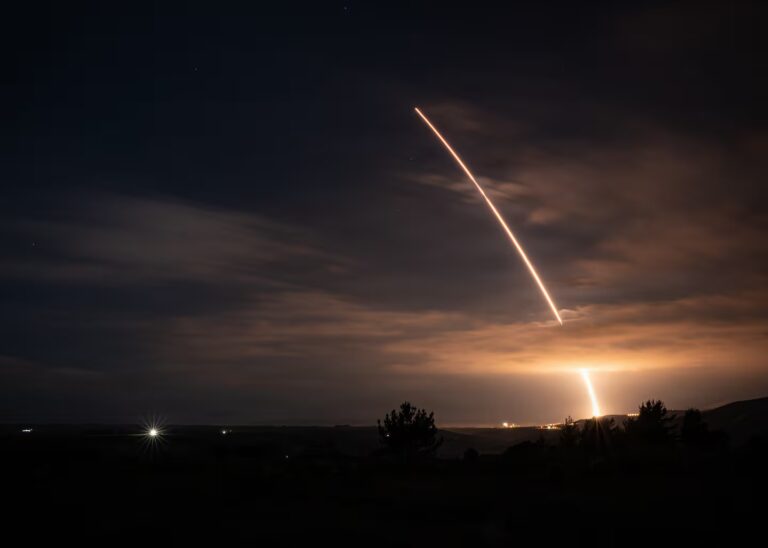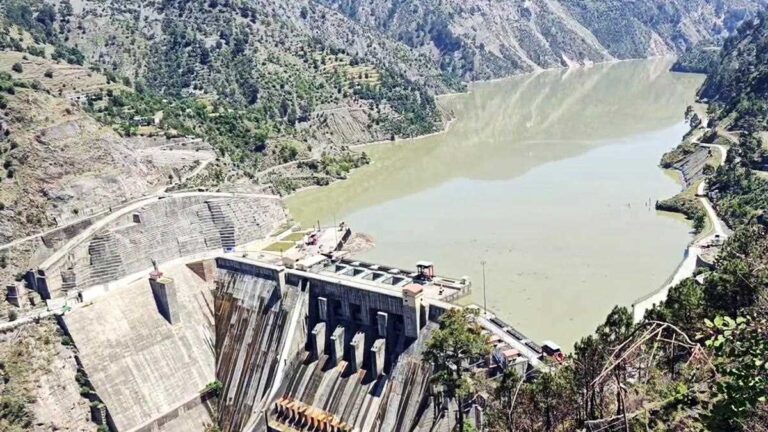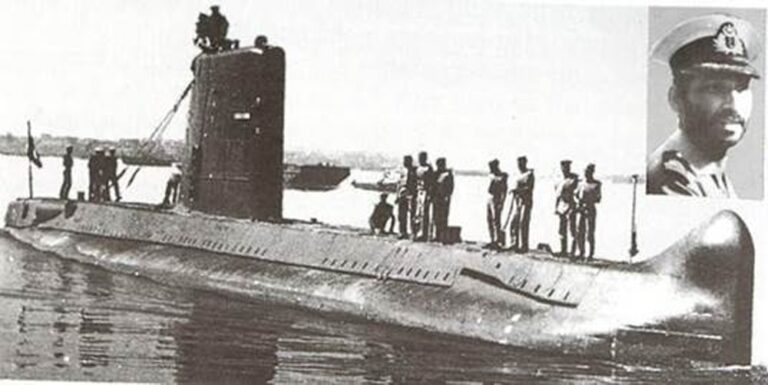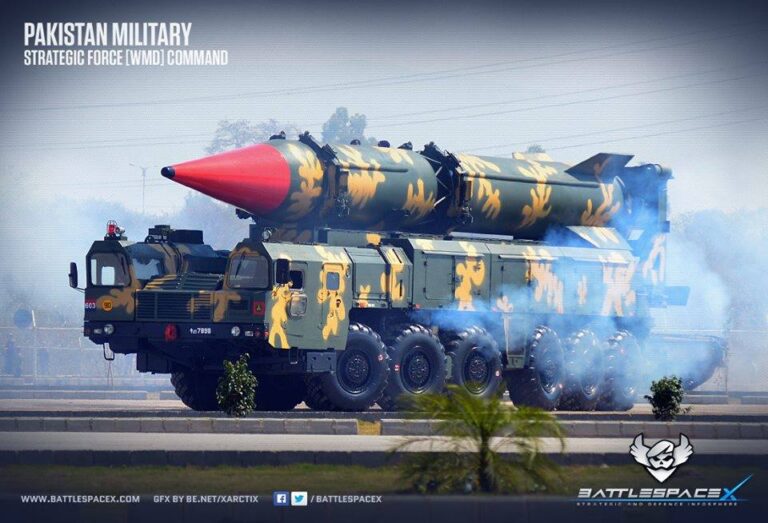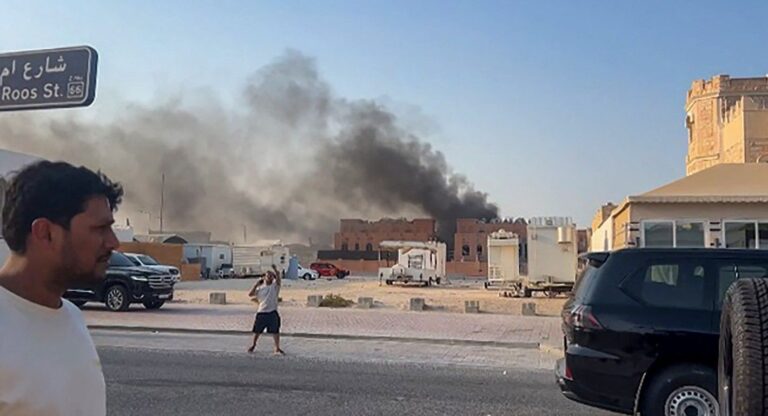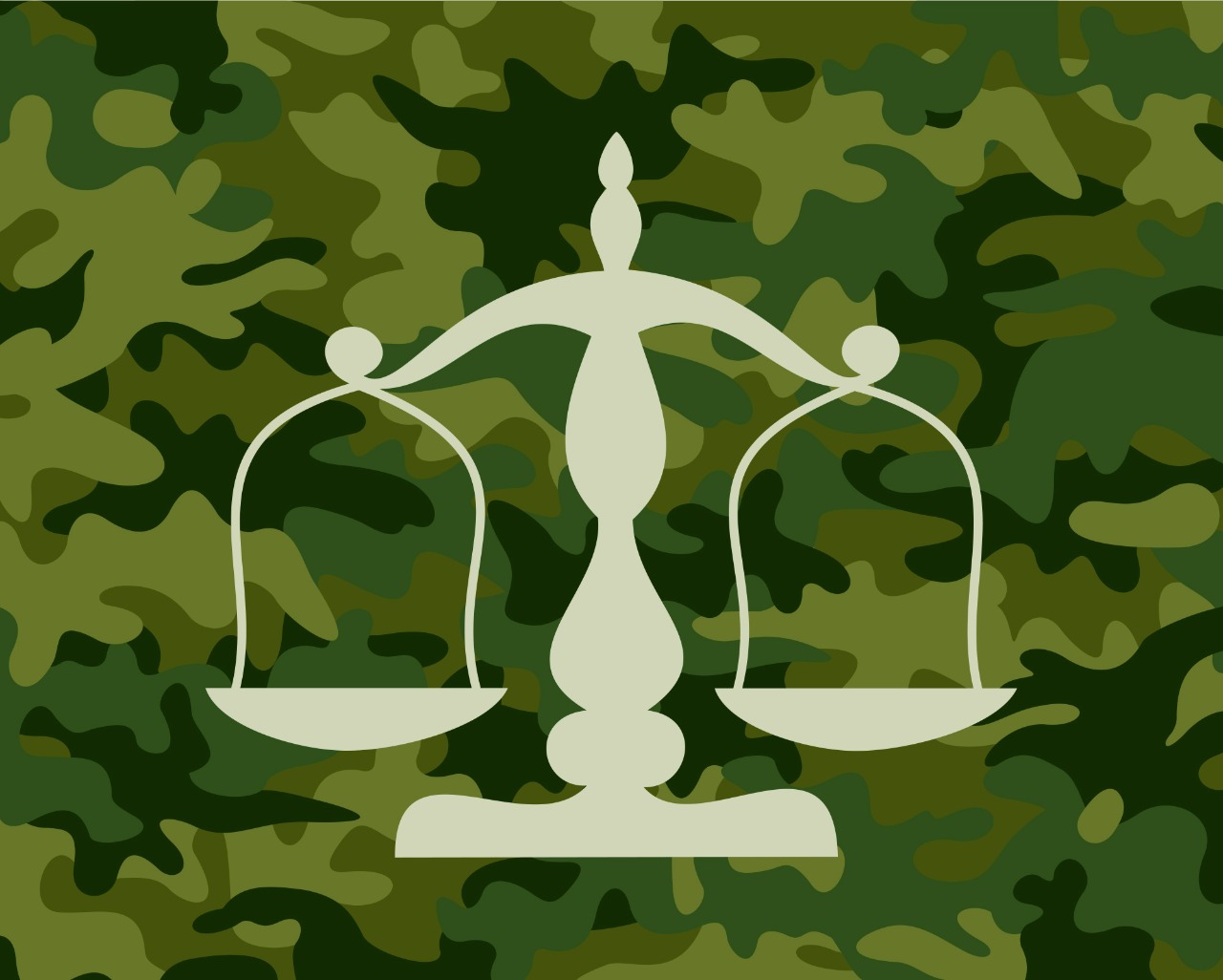
Sahar Khan
Pakistan’s Supreme Court is known for its activism. In February 2018, the Supreme Court banned former Prime Minister Nawaz Sharif from leading the Pakistan Muslim League–N (PML–N) and reversed all his decisions. This decision followed a previous one, where the Supreme Court had disqualified Sharif from office for lying about his family assets, forcing Sharif to resign as prime minister in July 2017. Yet, while the Court is being criticized for being overly involved in politics, it remains selective about its activism. For example, the Court continues to seek details of “missing persons,” individuals who have been detained by military and law enforcement officials and listed as “missing” by family members. But from 1955, the Court has periodically used the doctrine of necessity, a legal principle used to justify executive overreach and military coups.
Since 2015, the judiciary has been sharing its powers with the military in the realm of counterterrorism. After Tehrik-e-Taliban (TTP)’s attack on attack on Peshawar’s Army Public School that killed over 140 children in December 2014, the government passed the National Action Plan (NAP) that established military tribunals. In August 2015, the Court upheld the tribunals, which continue to exist today. In other words, with the blessing of the Supreme Court, Pakistan’s constitution allows civilians charged with terrorism to be tried in military courts. This begs the question: has the Supreme Court’s activism promoted civil liberties within Pakistan? The answer is complicated and rooted in the state’s anti-terrorism laws.
Pakistan’s Anti-Terrorism Legal Regime
The Anti-Terrorism Act of 1997 (ATA) serves as a foundation for Pakistan’s current anti-terrorism legal regime. It replaced the Suppression of Terrorist Activities (Special Courts) Act of 1975, a law designed to curb secessionist movements in the wake of the 1971 civil war that led to the formation of Bangladesh. The ATA has been amended over 15 times, but in its current form it has three overarching characteristics that impact the Supreme Court’s relationship with counterterrorism.
The first is the wide definition of terrorism, which includes crimes like rape, arson, homicide, kidnapping for ransom, and aerial firing, among others. The all-encompassing definition of terrorism has overburdened the Anti-Terrorism Courts (ATCs), which are specialized courts mandated by the ATA. As such, the ATCs are sluggish.
Second, the procedures outlined in the ATA violate regular criminal justice procedures, creating confusion regarding police methods for collecting permissible evidence. For example, according to the Code of Criminal Procedure 1898 and the Qanun-e-Shahadat Act 1984 (Evidence Act), only confessions made in front of a District Magistrate (who is not a police officer but an administration with both executive and judicial functions) are permitted in court. But Article 21 H of the ATA allows for confessions made in front of a police officer at the rank of District Superintendent of Police (a senior rank police officers appointed by the provincial government) or higher in the ATCs. Such contradictory procedures not only result in poor investigation but hinder the police’s ability to provide adequate witness protection.
And third, while the ATA does mandate ATC regulation, the lack of uniformity amongst provinces has made transferring cases between ATCs across provincial lines difficult, which occasionally impacts the timeline of a case. Currently, case transfers are decided by apex committees, which are special provincial committees consisting of both civil and military leaders. But these committees are not open to the public, and remain opaque. Therefore, transferring procedures between ATCs and from ATCs to military courts continue to remain unclear.
Collectively, these discrepancies have made the ATA into a political tool of coercion, where people accuse others of terrorism in order to coerce them or seek personal revenge. According to numerous police sources I interviewed in 2015, it is relatively easy to book an individual under the ATA because it covers a wide variety of crimes despite difficulty in gathering witnesses because of poor witness protection.
In addition to the ATA, two more laws have shaped the Supreme Court’s response to the government’s counterterrorism efforts: The Pakistan Armed Forces Ordinance (PAFO) of 1999 that influenced the Actions (in Aid of Civil Power) Regulation of 2011 in both FATA and PATA; and the 21st Amendment to the constitution or the 2015 Pakistan Army (Amendments) Act. The Sharif administration passed the PAFO in 1998 after declaring a state of emergency in Karachi due to a drastic increase in sectarian violence. From a judicial standpoint, the most significant characteristic of the PAFO was that the government allowed the military to establish military courts and try civilians under court martial procedures. Similarly, the 2015 Pakistan Army Act, passed unanimously by the parliament in 2015 after the APS attack, also allows the military to charge and try civilians using court martial procedures in military courts. The difference, however, is that while PAFO was a standalone law, the 2015 Pakistan Army Act is actually a constitutional amendment.
National Security vs. Civil Liberties: Judicial Dilemma
In Mehram Ali vs. Federation of Pakistan, the Supreme Court evaluated the merits of the ATA soon after the government passed it in 1997. The Court recommended changes to the ATA but accepted the creation of the ATCs as long as these special courts remained under the jurisdiction of the judicial branch. As such, the Court set a legal precedent of accepting parallel court systems under jurisdictional grounds.
In Liaquat Hussain v. Federation of Pakistan in 1999, the Supreme Court assessed the PAFO and declared that the military courts created under the law were in fact unconstitutional. The Court ruled that all terrorism-related cases should be heard by the already-established ATCs, under the procedures outlined in Mehram Ali vs. Federation of Pakistan. However, the most important aspect of the ruling was the negation of the doctrine of necessity. By 1999, the judiciary had used the doctrine in the past to either legitimize the military administration of justice under civilian rule or military rule altogether. But the use of doctrine varied across judicial levels. For example, in 1973, Pakistan was under martial law, administered by Zulfiqar Ali Bhutto. When the Ministry of Defense announced the arrest and conviction via military courts of a small group of officers accused of organizing a coup, two of the accused appealed the decision, claiming that they were retired, and hence civilians. As such, the military courts did not apply to them. The Lahore High Court ruled against the appeal and decided that under emergency law, civilians could be charged under the Pakistan Army Act, which dictates court martial procedures. The Supreme Court, however, disagreed. Then-Chief Justice Hamoodur Rehman wrote the majority opinion in F.B. Ali vs. The State, which emphasized that civilians could not be charged under the Pakistan Army Act when a civilian leader imposed martial law. In other words, civilian laws would remain superior to military proceedings even in a state of emergency. But when the Supreme Court decided to dissolve the National Awami Party in 1977, it essentially paved the way for military courts to try Awami Party members accused of high treason. However, the Liaquat Hussain decision of 1999 created an obstacle for military courts to be used as counterterrorism tools. The doctrine of necessity, however, was used again, just two years after the Liaquat Hussain verdict in Syed Zafar Ali Shah and others v. General Musharraf, Chief Executive of Pakistan and Others, when the Supreme Court legitimized Pervez Musharraf’s coup and ouster of Nawaz Sharif.
The Supreme Court used the doctrine of necessity again when evaluating the merits of the latest military courts established via the 21st amendment in District Bar Association, Rawalpindi v Federation of Pakistan. The majority ruled that the military courts not only met principles and requirements of the criminal justice system but that the constitution allowed a deviation from the regular political system under emergency laws and/or exceptional circumstances (in this case, the APS attack). Some justices also argued that since the changes to the Pakistan Army Act were added into the constitution as an amendment, the Supreme Court actually had no legal authority to question the law—or the validity of the military courts.
Judicial branches worldwide are constantly balancing between national security interests and civil liberties. In the case of Pakistan, there is no doubt that the state is in the midst of two wars: the U.S.-led Global War on Terror, in which Pakistan is a partner, and domestic counterinsurgency against TTP and other militant groups that threaten the state’s territory and sovereignty. Pakistan’s Supreme Court, however, seems to have turned to the military establishment in the realm of counterterrorism. In other words, the judiciary has prioritized national security interests as outlined by the military establishment over civil liberties, which is a troubling development for two main reasons: it compromises judicial independence, which is a hallmark of democracy, and it encourages biased activism, which may lead to illiberal precedents. The Supreme Court, therefore, needs to be cautious of its own ambitions.
Sahar Khan is a visiting research fellow in the Cato Institute’s Defense and Foreign Policy Department.

